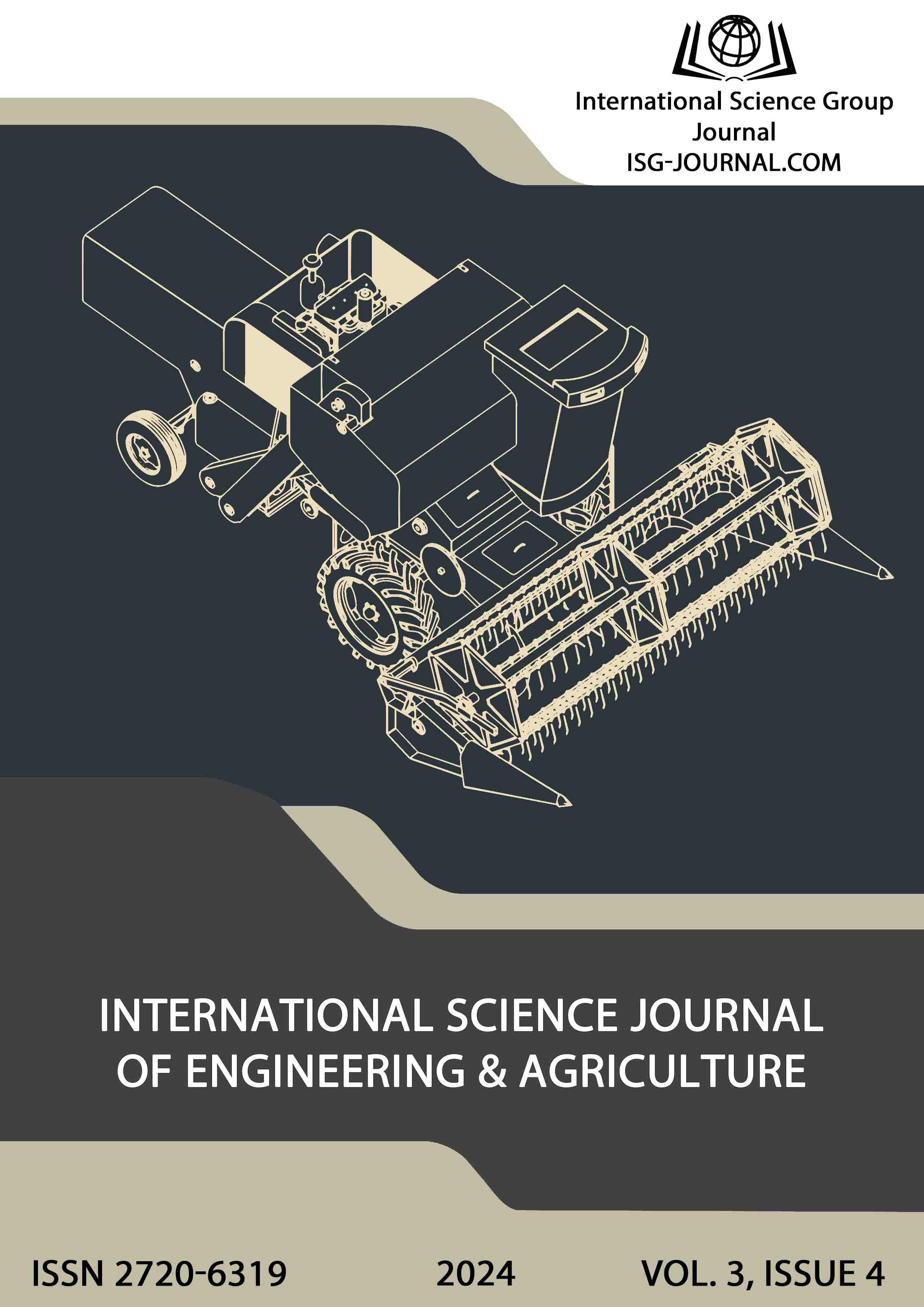Innovative approaches to the formation of the architectural environment in conditions of global climate change: in aspects of the analysis of practical experience
DOI:
https://doi.org/10.46299/j.isjea.20240304.1Keywords:
Sponge city, sustainable development, architectural environment, urban environment, global warming, climate changeAbstract
Current problems of the architectural environment on the scale of the urban fabric in the context of global warming and climate changes caused by it are highlighted. Questions are raised about the inadequacy of many modern cities and settlements, including the regions of Ukraine, to new weather challenges. Therefore, based on the generally accepted four climate types, namely hot dry, hot humid, moderate and cold, the main risks of each of them are determined. Such risks are: drought, floods and inundation, excessive rainfall, waterlogging, snowdrifts, strong wind loads, etc. Also, the scientific work notes anthropogenic problems associated with the rapid economic development of countries in the 20th century, namely: the use of non-ecological materials, large areas of impervious paving, large emissions of carbon dioxide, automobile orientation of urban infrastructure, etc. After defining the main problems, the goal was set – to identify and classify architectural solutions for the formation of a new and reform of the existing architectural environment that adapts to these challenges. For this, an analysis of successful projects was carried out, which revealed a variety of solutions, the list of which includes means of all large-scale levels of the environment, starting from small architectural elements and ending with large regional programs. Also, much attention is paid to practical solutions, including culturally traditional and more modern technological approaches. For this, four cities with different climatic conditions were selected, namely Masdar, Wuhan, Copenhagen and Tallinn. These solutions generalize adaptive approaches to the formation of the architectural environment in the context of regional weather conditions. Such solutions were: the «basin» approach, the «Sponge city» concept, energy-efficient buildings, various types of landscaping, water-permeable paving, etc. This study is part of a comprehensive approach in shaping and reforming the existing architectural environment for different climatic conditions in the context of global climate change.References
Smith, P.F. (2001). Architecture in a Climate of Change, a guide to sustainable design. Oxford: Architectural Press is an imprint of Elsevier, 275.
Olgyay V. (2015). Design with Climate. Princeton: Princeton University Press, 224.
Aronin, J.E. (1953). Climate & architecture (Progressive architecture book). Berkeley: University Microforms, 304.
Lynch K.A. (1960). The Image of the City. Cambridge: The MIT Press, 194.
Biswan S.K., Raj P., RS L., Balaganesan B., Kp S. (2019). The Sponge Handbook: Chennai - Using the Landscape Approach to transform the South Buckingham Canal Area. GIZ, 164.
Тімашков, М. (2024). Методи і прийоми формування архітектурного середовища в умовах глобальної зміни клімату: проблеми повеней і підтоплень. Сучасні проблеми Архітектури та Містобудування, 68, 335-348. doi: https://doi.org/10.32347/2077-3455.2024.68.335-348
Ellen, L.A., Bridgens, B.N., Burford, N., Heidrich, O. (2021). Rhythmic Buildings- a framework for sustainable adaptable architecture. Building and Environment, 203. doi: https://doi.org/10.1016/j.buildenv.2021.108068
Akar, U., Doraj, P., Yilmaz, S. (2020). Concept in sustainable architecture and critical approaches on the ecological effect. The journal of international social research, 13(69). doi: : http://dx.doi.org/10.17719/jisr.2020.3988
Dash, S.P., Shetty, D. (2020). Cultural Identity in Sustainable Architecture. RSP Science Hub, 2(7). doi: https://doi.org/10.47392/irjash.2020.81
Мартиненко, А.С., Кудряшова, І.В. (2024). Біокліматична складова у традиційному зодчестві. Збірник тез доповідей ІІІ Міжнародної науково-практичної конференції «Інновації в архітектурі, дизайні та мистецтві: до 100-річчя факультету архітектури НАОМА», 103-105.
Germanà, M. L., Alatawneh, B., Reffat, R. (2015). Technological and behavioral aspects of perforated building envelopes in the Mediterranean region. Advanced building skins. doi: https://doi.org/10.13140/RG.2.1.3135.4326
Iran’s Traditional Houses: The Beauty of Persian Architecture. Available at: https://surfiran.com/mag/architecture-iran-traditional-houses/
Masdar City, Abu Dhabi. Available at: https://arquitecturaviva.com/works/masdar-city-3
Zongmin, L., Shuyan, X., Liming, Y. (2018). A Systematic Literature Mining of Sponge City:Trends, Foci and Challenges Standing Ahead. Sustainability, 10(4), 1182. doi: https://doi.org/10.3390/su10041182
Peng, Y., Reilly, K. (2021). Using Nature to Reshape Cities and Live with Water: An Overview of the Chinese Sponge City Programme and Its Implementation in Wuhan. Grow Green.
Welcome to Østergro. Available at: https://www.oestergro.dk/in-english
Sustainability and architecture in Copenhagen. Available at: https://www.wonderfulcopenhagen.com/wonderful-copenhagen/international-press/sustainability-and-architecture-copenhagen
The Images Publishing Group (2003).Cool Architecture: Designing for Cold Climates. Mulgrave: National Library of Australia, 191.
Kiil, M., Simson, R., Thalfeldt, M., Kurnitski, J. (2020). A Comparative Study on Cooling Period Thermal Comfort Assessment in Modern Open Office Landscape in Estonia. Atmosphere; 11(2), 127.doi: https://doi.org/10.3390/atmos11020127
Downloads
Published
How to Cite
Issue
Section
License
Copyright (c) 2024 Maksym Timashkov

This work is licensed under a Creative Commons Attribution 4.0 International License.






